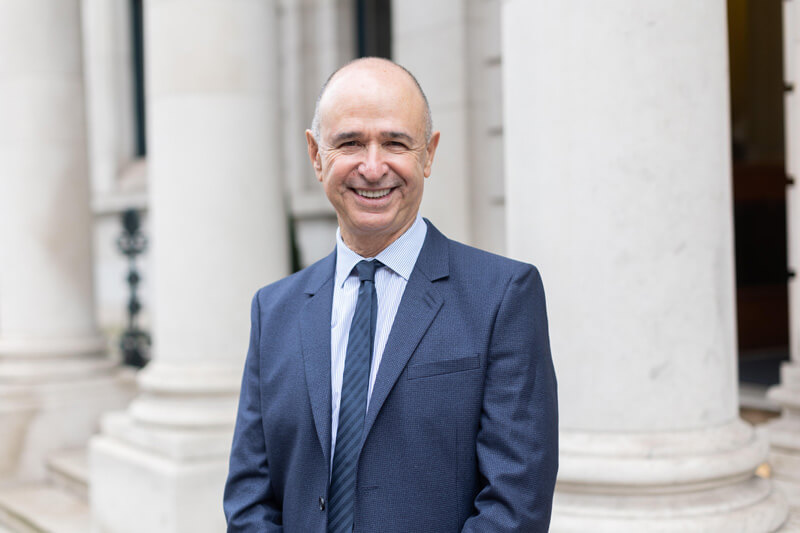
Every health system worldwide suffers from the same underlying problem in that there is an increasing demand for services and the supply of services cannot match the increase in demand, writes Dr. Peter Lachman.
Patients wait for outpatient appointments, are exposed to repeated cancellations, are in the wrong bed on the hospital ward and then are exposed to the potential added risk of harm, as they are admitted to a unit that does not manage their condition or they lie on trolleys in the ED. Politicians become involved as they fund the service and want value for money and they have dissatisfied constituents.
There is a long history of failed initiatives to solve the flow problem across most countries. As winter approaches, we anticipate longer waiting times, more people on trolleys in EDs, increased dissatisfaction and more money invested to try solving the problem. One could say build more hospitals, provide more resources and the problem will be solved. Unfortunately, until we change the way we work this is not a great idea.
The reasons for the increase in demand are many and in general they are a testament to our success in delivering good solutions to the problems of the past. People are living longer, but they then have more comorbidities, each of which adds to the demand for care. This then results in the next challenge, as the healthcare system was not designed for the current spectrum of need. We end up treating people in the wrong places, which may lead to other problems. A person should be treated at a different level of care or could be treated in the community, but there are no pathways or capacity in the community. Most of the services we provide are not integrated and are delivered in silos so there is duplication and often redundant processes. Finally, there is limited link-up across the person’s access to the different levels of care and inconsistent links with social care and the wider community.
Over the years, the HSE has tried many initiatives with variable degrees of success. The latest is the Patient Flow Academy which is based on similar academies in other countries. It is an initiative with a lot of potential and hopefully will solve the flow conundrum. The question is whether one can improve flow to any degree if the system does not change and the funding streams need to support new models of integrated care. This can make a difference and move care from the hospital to the community, where appropriate.
For the hospital part of the flow-challenge we definitely need another approach together with all the other initiatives. When I was in the USA at IHI I was fortunate to meet Eugene Litvak who has a theory for hospitals to improve flow through the system. In most systems we mix emergency care which generally can be predicted with scheduled care which counterintuitively is not predictable. The aim is to eliminate variability in scheduled care like surgery and use queuing theory in care that is predictable such as arrivals in the ED.
A recently published book, Hospital, Heal Thyself: One Brilliant Mathematician’s Proven Plan for Saving Hospitals, Many Lives, and Billions of Dollars describes this approach. It is challenging to implement but well worth considering. Read an excerpt of the book on the Harvard Public Health website and perhaps try it out. When I was at Great Ormond Street Hospital, Eugene and his team helped us to understand that control of the flow of patients through healthcare systems is not necessarily about obtaining access to more resources, but rather about taking a radically different approach to solving the problem.
Flow is an issue that will not go away until we think differently and change the way we view delivery of care in both hospitals and the community.

